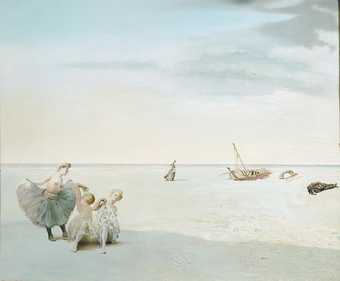
Salvador Dalí
Forgotten Horizon
(1936)
Tate
© Salvador Dali, Gala-Salvador Dali Foundation/DACS, London 2024
Salvador Dalí (1904–1989) painted Forgotten Horizon in 1936. One of a series of small oil paintings on wood panel, it depicts the beach at Rosas on the east coast of Spain with a group of alluringly posed dancers, meant to stimulate the imagination and subconscious. At Tate’s painting conservation studio, the work underwent a technical examination.
Visual analysis
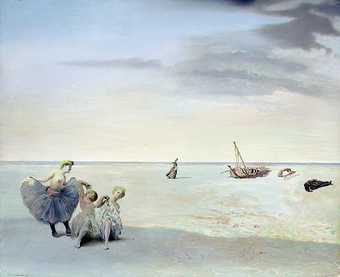
Fig.1 Salvador Dalí, Forgotten Horizon 1936
Oil on wood; support: 222 x 267 mm
frame: 344 x 389 x 60 mm; painting
© Salvador Dali, Gala-Salvador Dali Foundation/DACS, London 2002
Dalí’s oil painting technique is based in tradition, but he combined materials and methods in a manner unique to him. In this work, Dalí first painted the setting of the sky, water and sand over white priming. Then he added the figures of the dancers which seem to float in the landscape.
A detail of the head of the far left figure in the group was taken using raking light. The texture and energy in the paint application that is apparent in this detail, belies the flat, calm appearance of the work as seen from a normal viewing distance.
Infra red light analysis
The source for the dancers is reported to be a postcard, now lost. From the information gained by examining the painting with infra red light, conservators were able to determine that Dalí transferred the image on the card to the panel, outlining the figures, the internal contours and facial features.
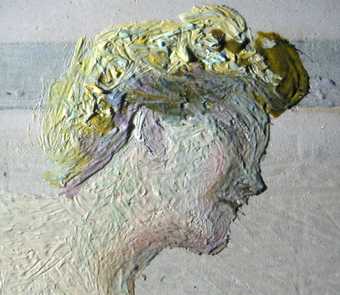
Fig.2 Salvador Dalí, Forgotten Horizon 1936
Detail in raking light showing the head of one of the dancers
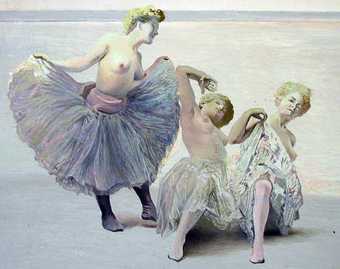
Fig.3 Salvador Dalí, Forgotten Horizon 1936
Detail showing the group of three dancers
Tate’s digital infra red camera provides a series of small images which are pieced together into a mosaic. Infra red light penetrates the upper layers of paint, and is either absorbed by the black media used for the underdrawing - such as pencil, ink or dilute black paint - or reflected by the white priming layer. This contrasting absorption or reflection is translated into a visible black and white image which reveals Dalí’s preparatory outlines.
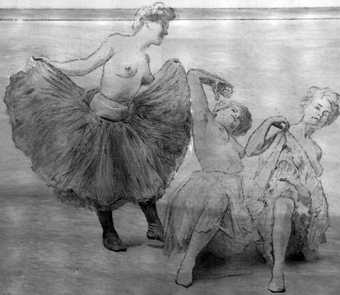
Fig.4 Salvador Dalí, Forgotten Horizon 1936
Detail showing the infrared mosaic image of the group of three dancers
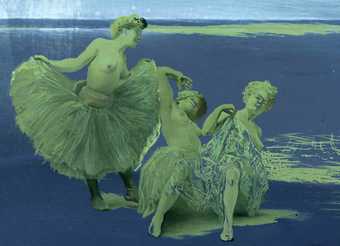
Fig.5 Salvador Dali, Forgotten Horizon 1936
Detail of the group of three dancers in ultraviolet light
Ultraviolet light analysis
The paint used by Dalí has a particularly fluid quality. The figures fluoresce bright green under ultraviolet light, in contrast to the blue background. Green fluorescence is typical of natural resin, such as dammar or mastic. Dalí either used natural resin on its own or mixed with linseed oil paint to create a more liquid media which could be laid down easily and fluidly with a very small brush.
Microscopic analysis
The central figure on the panel is reported to be Dalí’s cousin, Carolinetta. Looking at magnified details of the paint illustrate its fluid quality. Dalí had a sure hand as he laid the paint on the surface. There is not a single mislaid stroke or error in his application.
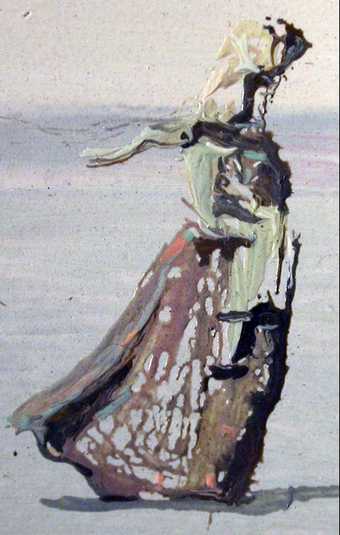
Fig.6 Salvador Dalí, Forgotten Horizon 1936
Detail of the figure in the centre of the panel.
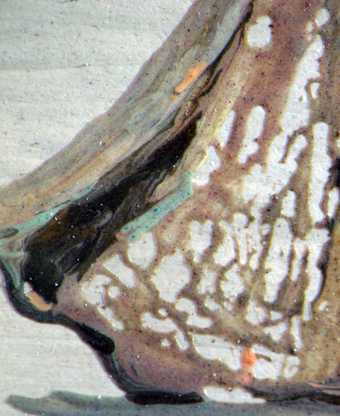
Fig.7 Salvador Dalí, Forgotten Horizon 1936
Detail of the figure's skirt
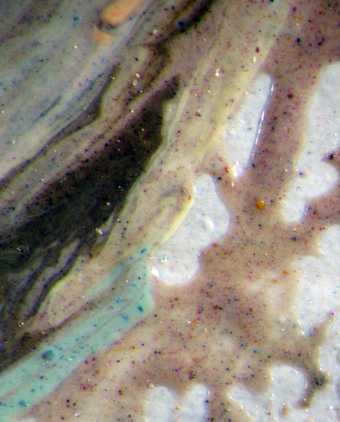
Fig.8 Salvador Dalí, Forgotten Horizon 1936
Extreme close-up of the paint from the figure's skirt
This painting has been shown behind glass since its arrival at Tate in 1968. The resin-oil paint of the figures lies over the oil paint background and, under magnification, it is apparent how fragile the adhesion is between the two layers. The long-term protection offered by the framing and glazing has clearly benefited this work which is in excellent condition.
